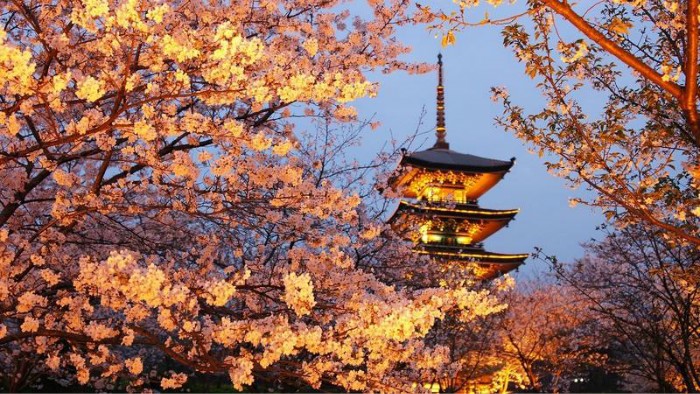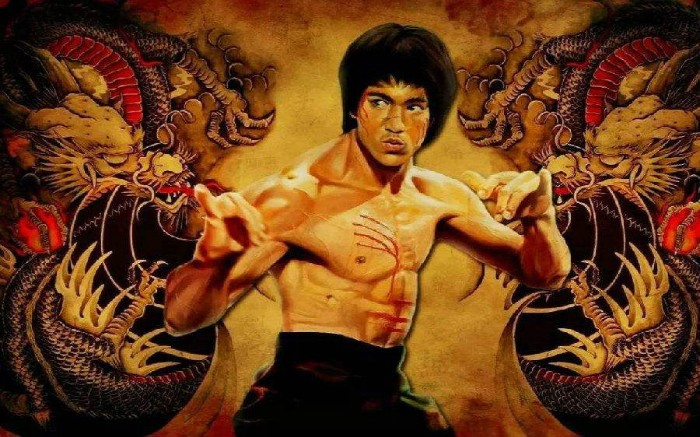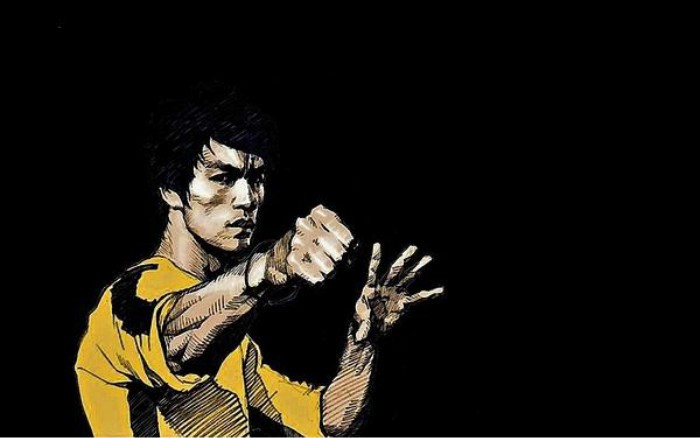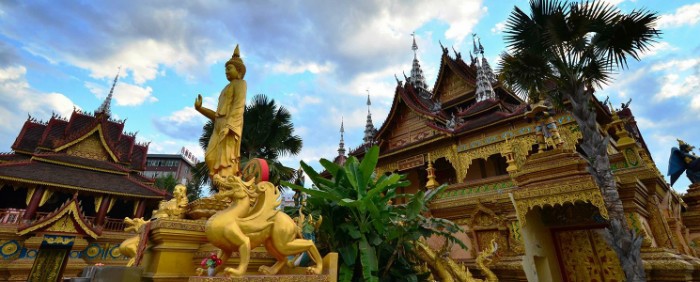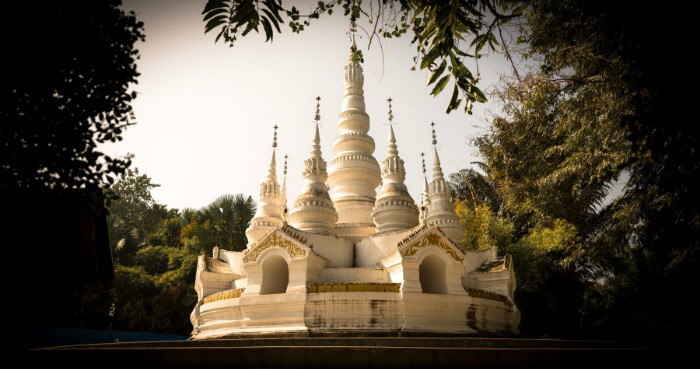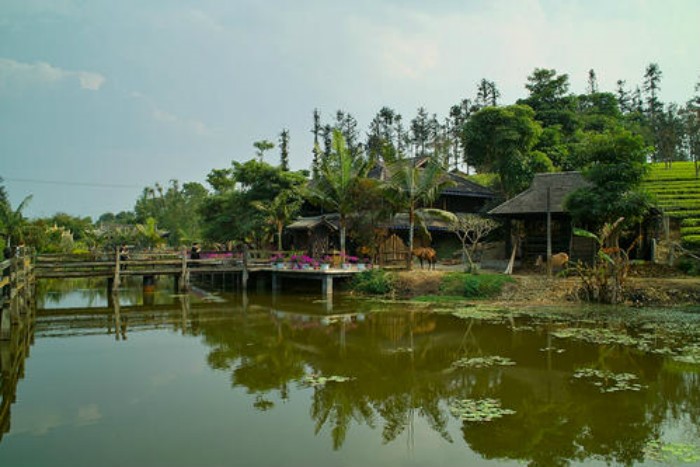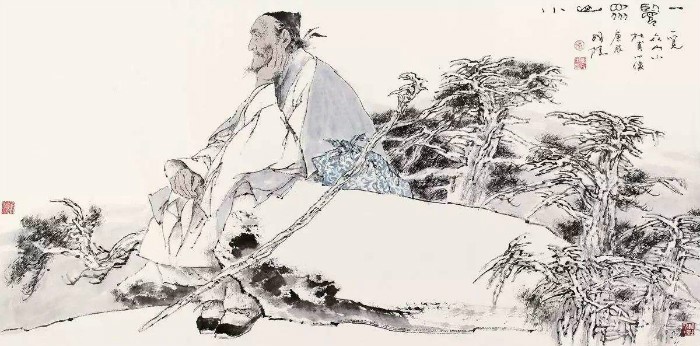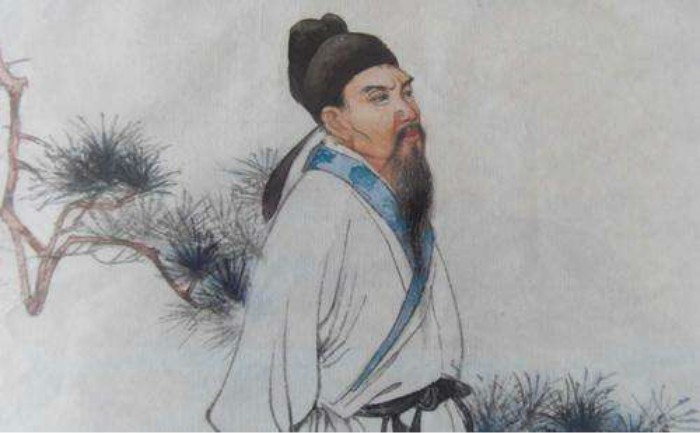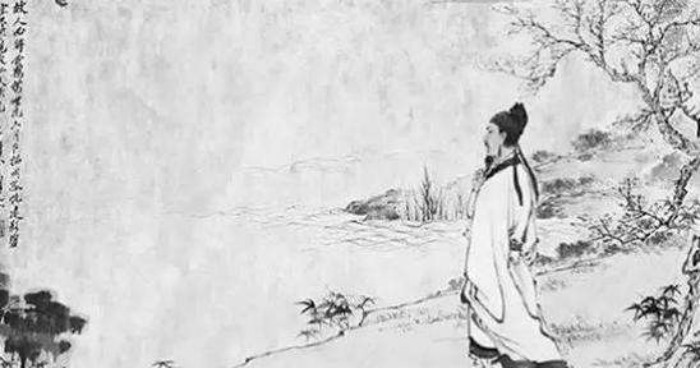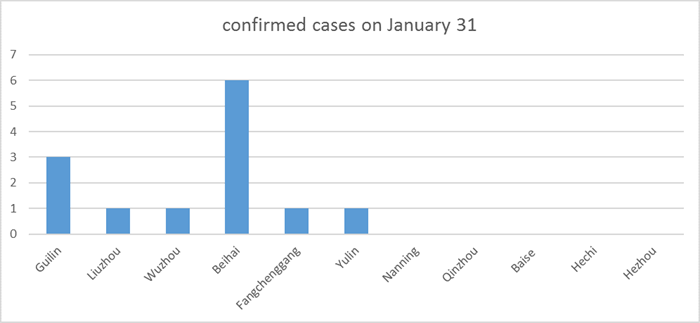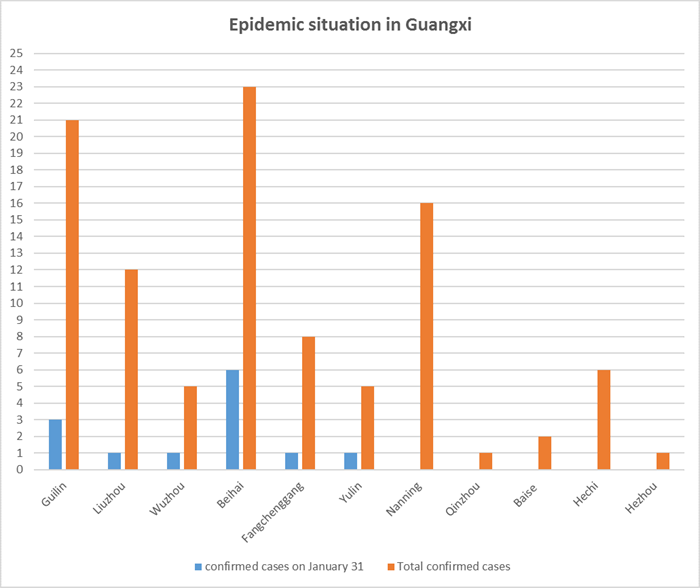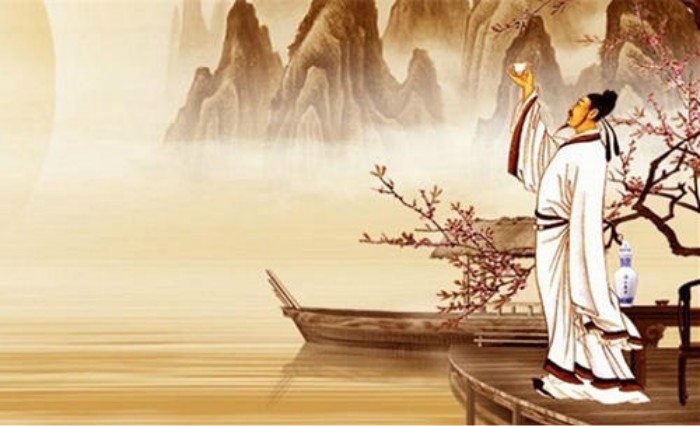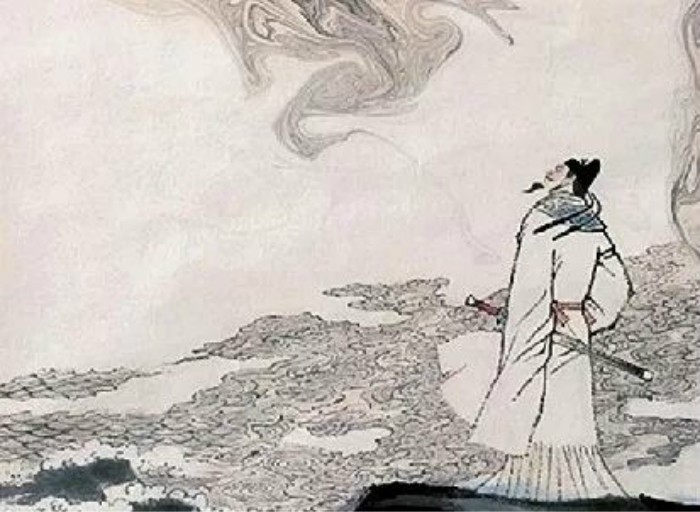By China Expedition Tours, Source from Guangxi Health Commission
Released time: Feb 5, 2020
During the period from 0:00 to 24:00 on February 4, 11 new confirmed cases of pneumonia were found in Guangxi, including 1 in Qinzhou, 1 in Nanning, 2 in Liuzhou , 2 in Guilin, 2 in Beihai, 2 in Fangchenggang and 1 in Hechi.

At present, 150 confirmed cases and 10 discharged cases have been reported. There are 10 severe cases, 4 critical cases, no death cases, no medical staff infection cases.
In total, 28 cases were confirmed in Nanning, 17 in Liuzhou, 26 in Guilin, 5 in Wuzhou, 29 in Beihai, 13 in Fangchenggang, 4 in Qinzhou, 5 in Guigang , 8 in Yulin, 2 in Baise, 4 in Hezhou and 9 in Hechi.
At present, 6469 close contacts have been traced and 3972 cases are still under medical observation.
According to the World Health Organization (WHO), symptoms of the pneumonia are mainly fever, with a number of patients having difficulty breathing, and chest radiographs showing invasive lesions of both lungs.


Experts remind that during the period of the epidemic, people should reduce or stop the gathering as much as possible, because the gathering of relatives and friends provides favorable conditions for the epidemic of the disease in the process of preparation and eating. In the process of preparation and gathering, people are close contacts with each other. The droplets produced by coughing and sneezing can be directly transmitted to the whole gathering population, which is very easy to cause disease Disease transmission. Wash your hands frequently, using running water and soap or hand sanitizer. When you have to go out, seek medical treatment or take public transportation, you should wear a mask correctly.


